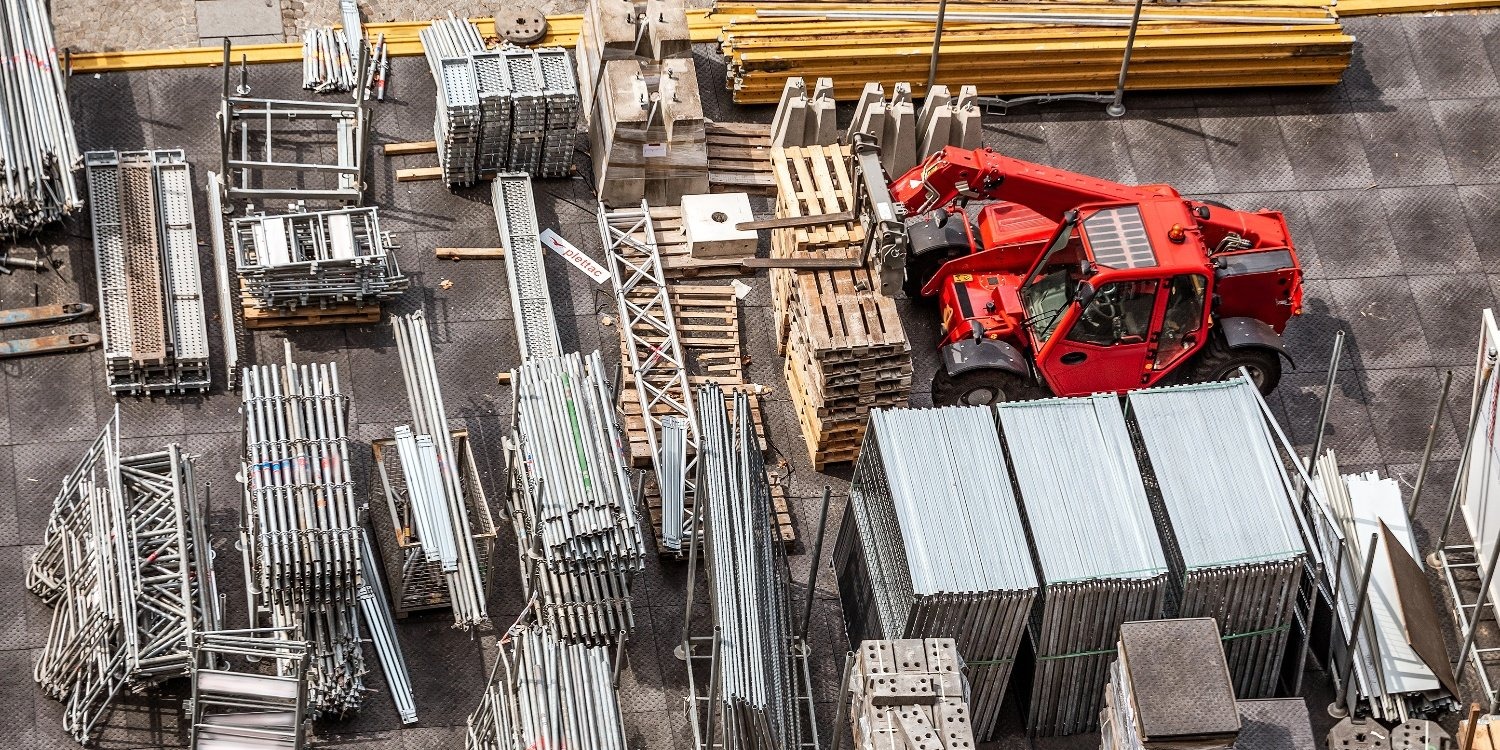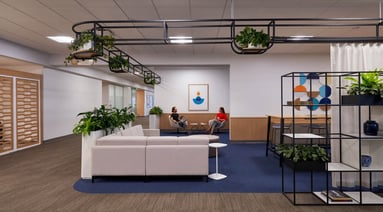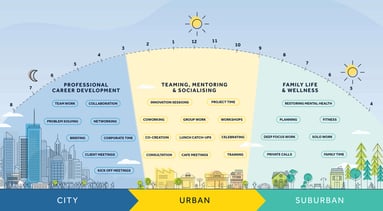
Like many industries, over the past 18 months, the construction sector has experienced our fair share of difficulties, including increasing material costs, issues importing foreign materials, and access to skilled labor.
But with global and local shipping issues expected to significantly impact construction well into the future the key to successfully executed projects lies in connection, communication, and thinking, and working local, writes Kevin McCabe.
Mid-pandemic, most businesses find themselves with unprecedented supply chain issues. It’s no longer about having a Plan B, it’s about having a Plan C and a Plan D - and making sure supply chain issues, and ideas, are cascaded throughout the business and across projects. This is where being part of a global business, like Unispace, is advantageous.
Throughout Asia Pacific, there are two parts to the challenge we’re currently facing:
- A spike in materials costs - around 30%-40% in construction and 10%-20% in fitouts for Australia and New Zealand. In markets throughout Asia, the increase in fitout costs is currently ranging between 5%-15%, and continually evolving.
- A doubling or even tripling in lead times - particularly for specialized equipment such as audiovisual (AV), IT, and air-conditioning units.
A key challenge is labor mobility
Sub-contractor and supplier flexibility was impacted by the Omicron surge in late Q4 2021 and early Q1 2022. This made it hard for team members to move from project to project across state lines, which is how many subcontractors manage the peaks and troughs of project-based work. The resulting effect has led to increased competitiveness in local markets for skilled labor and pushed costs up.
Delivery of materials is another significant challenge
Omicron has localized global supply chain issues, which means that although materials have arrived in the local market, delivery drivers and scheduled transport are unavailable to transport them to the site. This is particularly difficult for projects in the latter stages of completion, where a week's delay can have significant impacts.
Here’s what we’ve learned about keeping projects moving during the supply chain crisis.
- Demand for locally produced, manufactured, and supplied products has increased. We always aim to use local producers wherever possible, but supply chain issues make this imperative. This has allowed us to increase supplier diversity, utilize sustainable products, and reduce our carbon footprint.
- There’s a need to order materials and lock in contractors earlier to meet the project’s deadlines. Early contractor involvement and long lead time ordering mean that if new risk comes to light, it can be addressed quickly and our projects stay on track.
- Our clients are learning firsthand the benefits of a unified strategy, design, and construction approach. When clients partner with us for our full service, our construction experts consult with workplace strategists and designers from the outset, working as a team to factor in supply chain challenges and build contingency plans to counteract them. Our unified model helps alleviate risk from supply chain issues, cost and time blowouts, and from handing over projects with portions of work incomplete.
The future solution is local and connected
As the pandemic continues, it’s the companies who plan well and factor supply chain stress into their programs that will get the best outcomes. Staying connected is also crucial for success, as is strengthening relationships with local suppliers - a key focus for smaller companies and those who rely heavily on overseas imports.
Ultimately, we find that our unified service delivery model (strategy, design, and construction) makes it easier to plan early and plan well, helping our clients avoid supply chain issues, time blowouts, and cost increases, as all parts of the business work hand in hand.
By partnering with a globally connected business with local roots, our clients are one step ahead of what’s happening around the world that will affect them, giving certainty of outcome in difficult times.
Want to talk about your next project?



